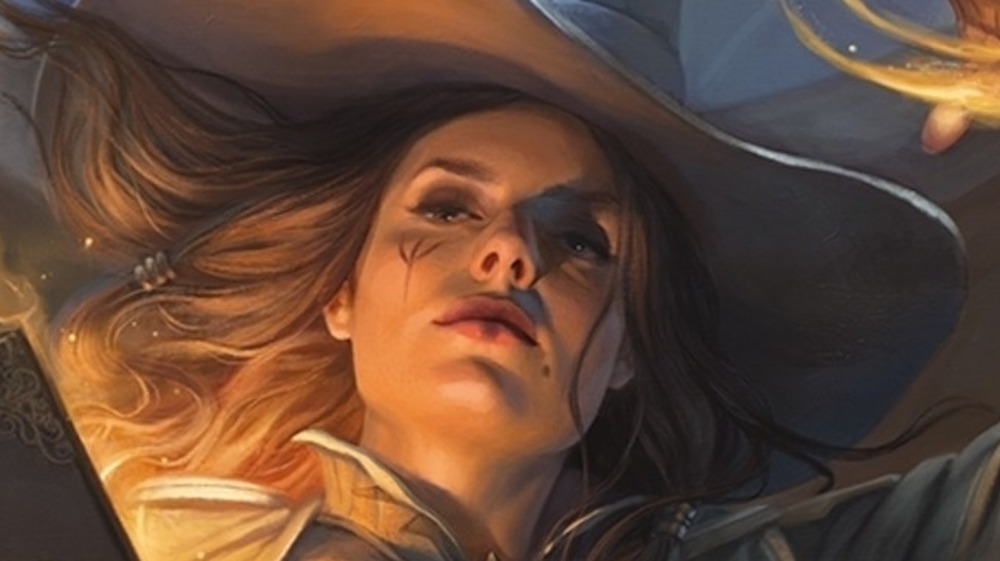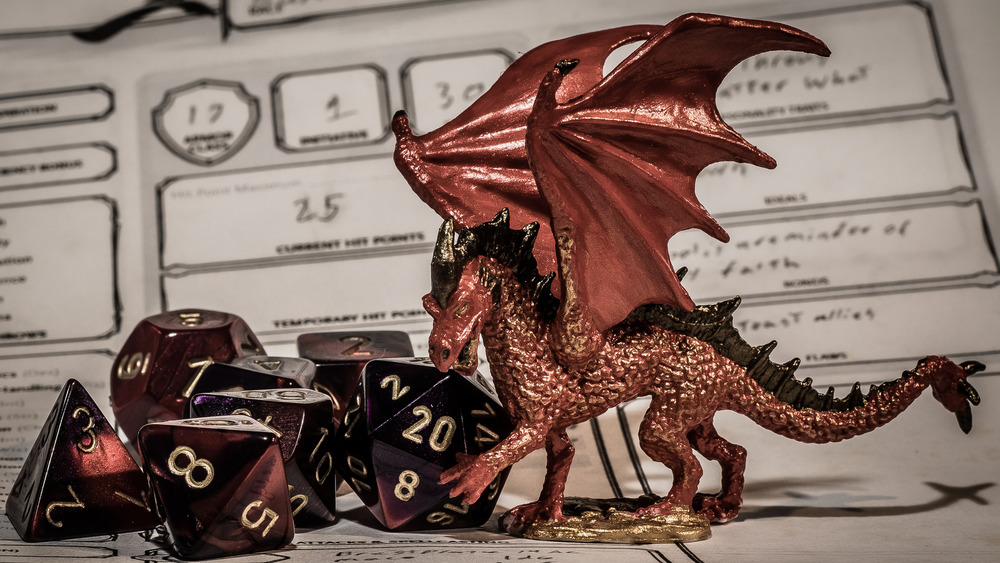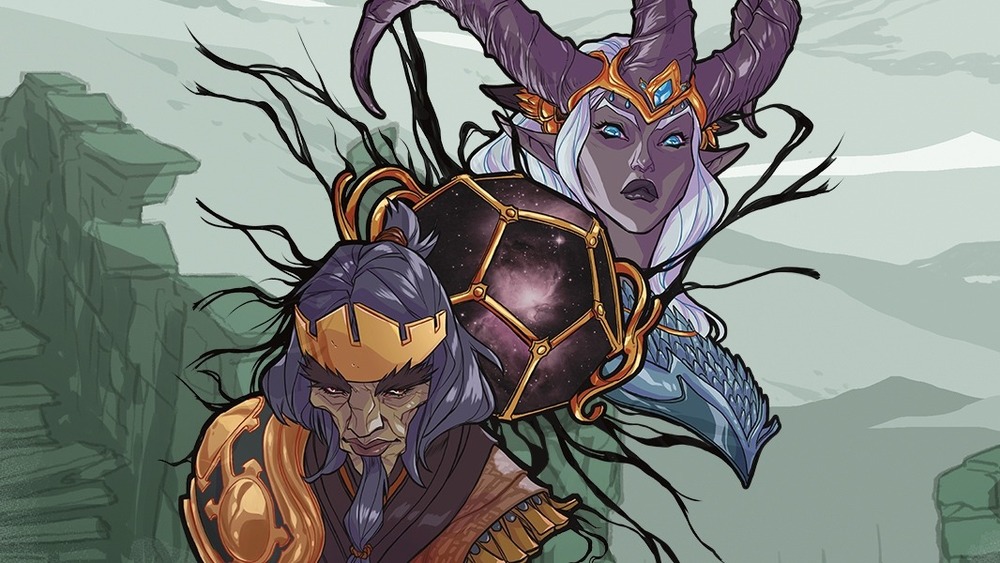How To Make An Immortal Dungeons & Dragons Character Without Wish
Video may have killed the radio star, but video games certainly did not kill Dungeons & Dragons. Despite its controversial history, the tabletop role-playing game is flourishing today, occupying its own niche in pop culture. Unlike video games, D&D offers players the unique experience of being able to do almost anything they want, limited only by their imagination and, of course, the Dungeon Master's variable enforcement of the elastic rules. However, for all the exciting possibilities in D&D, like transforming into a dinosaur to fight zombies on a pirate ship, a player's character is far more mortal than any video game character. There are no respawns in Dungeons & Dragons ... or are there?
When playing D&D there's a difficult balance to strike between caution and adventure. The appeal of the game lies in the ability to do things you'd never do in real life: Whether that's the literally impossible, like slaying a dragon, or the possible-yet-full-of-potential-real-world-consequences, like exploring a dangerous cave. In D&D, it pays to be bold — that dragon probably has some sweet loot — but recklessness can easily lead to a character's death. After developing a character's backstory, leveling them up, and arming them with rare items, losing it all hurts.
Luckily, there are a myriad of ways to bring a character back to life. The game is most dangerous for low level characters, but once an adventuring party's Cleric — and, really, a party should have a Cleric — hits level five, they can cast Revivify to bring someone back from the dead, as long as they have a diamond worth 300 gold pieces, and it's been less than a minute since the death. There are several more spells like this, with increasing levels, costs, and time limits between death and casting, but none of them can truly make a character immortal. However, there is a spell that can.
High level wizards can create clones of themselves or others
There's no D&D equivalent to The Old Guard's quick and dirty immortality, but there are a few options. Perhaps the simplest route is to become a vampire, provided a player can find an existing one willing to change them. However, vampirism comes with a host of its own side effects, so the best method to become functionally immortal is the eighth-level spell Clone.
Casting the spell creates a clone of the targeted person, which can even be a younger version of their body. These clones take 120 days to fully mature. It's a safety net to be performed in advance of charging headfirst into danger: When that person dies, their soul transfers to the clone with no change except for the loss of their personal effects — so leave a set of clothes out for the clone, just in case. To cast the spell, a player needs a vessel, like a coffin, and a diamond, each worth at least 2,000 and 1,000 gold pieces, respectively. As long as the clone and its vessel aren't destroyed by an outside force, it's viable forever.
However, Clone is only available to wizards at the 15th level or higher, as well as a handful of other subclasses. Still, the player can cast it on anyone they want to, provided they have a chunk of the target's flesh. Theoretically, a party's wizard could create clones of each player character and stash them somewhere for safe keeping. Then, once one of those clones is used, they can cast it again.
In contrast, the ninth-level spell Wish, the most powerful spell in the game, is also available to sorcerers and warlocks with a Genie patron (thanks to Tasha's Cauldron of Everything). However, each time a player casts Wish to do something other than mimic another existing spell, like grant themselves immortality, the outcome is up to the DM and there's a 33% chance they'll lose the ability to cast it ever again. So, make your wish count.
One D&D sourcebook offers immortality in the form of a rebirth cycle
One of the newest Dungeons & Dragons sourcebooks, The Explorer's Guide to Wildemount, introduces another path to living forever. In fact, its campaign setting has an entire culture built around their unique form of immortality. Through a ritual called consecution, the dark elves of the Kryn Dynasty bind themselves to a magical item called a Luxon Beacon. Upon death, a consecuted soul goes into the Beacon and then is reborn into a new body as a baby. They then regain their old memories once they reach adolescence. In contrast to Clone, this form of immortality does have an element of change — a dark elf could be reborn as a goblin, a tiefling, or any other race born near the Beacon.
Provided the D&D game is set in Wildemount, or a DM takes inspiration from the Beacons for their own setting, a player's character could be a consecuted soul from the start or they could become consecuted during their adventures. The setting itself came from the long-running, live-streamed D&D show Critical Role, which is getting its own hardcover graphic novels this summer.
Whichever way a player might try and achieve immortality, it would certainly add an interesting dimension to a long running campaign, as one game can last for decades.


